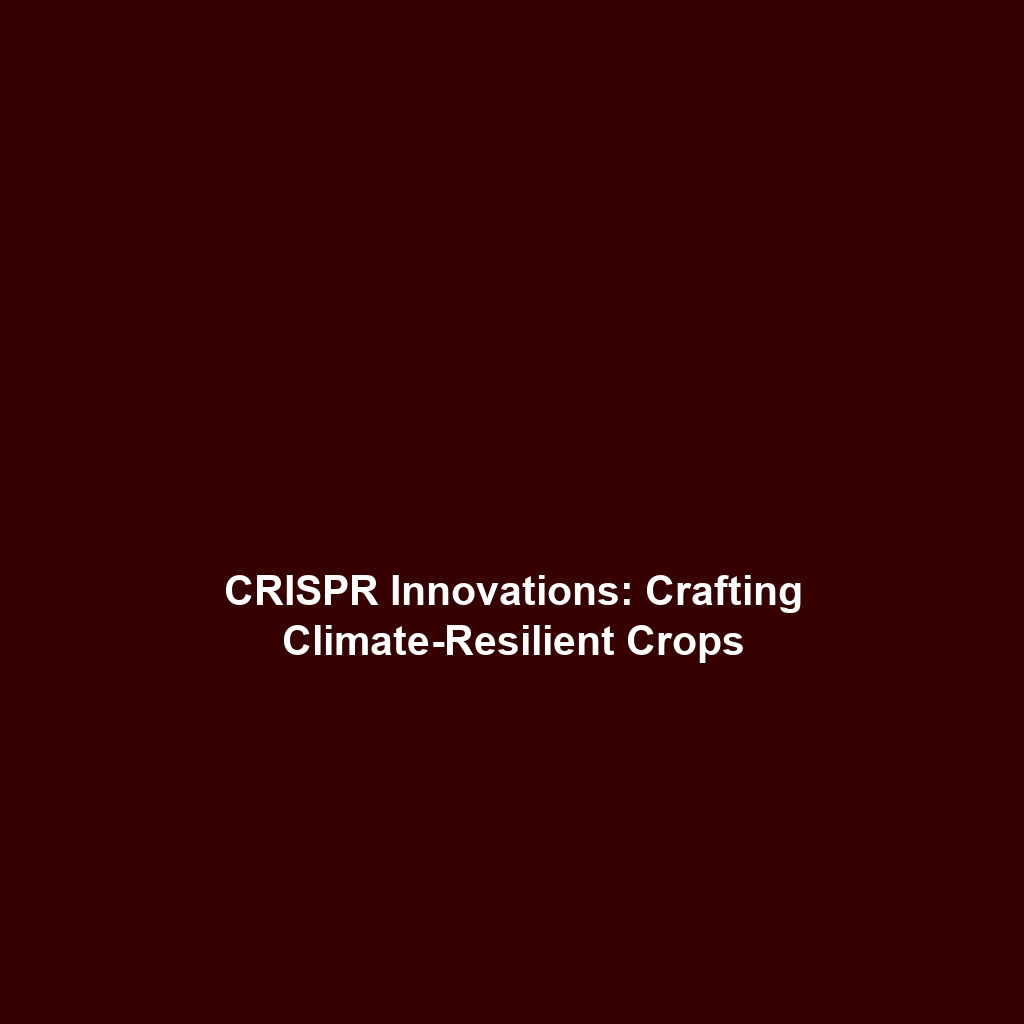Ethical Debates About the Limits and Risks of Gene Editing
Introduction
The advent of gene editing technologies, particularly CRISPR-Cas9, has revolutionized genetic research, making the Human Genome Project even more significant. Ethical debates surrounding the limits and risks of gene editing have intensified as scientists explore the potential of modifying human DNA. These discussions not only shape scientific policies but also reflect societal values, raising critical questions about the implications of altering the human genome. Understanding these ethical considerations is vital in navigating the future of genetic engineering.
Key Concepts
Ethics of Gene Editing
At the heart of ethical debates concerning gene editing are several key principles:
- Autonomy: Individuals should have the right to make informed choices regarding genetic modifications.
- Justice: Equitable access to gene editing technologies must be ensured to prevent disparities.
- Non-maleficence: The principle of do no harm is paramount in any medical intervention.
- Beneficence: The potential benefits of gene editing must outweigh the risks.
These concepts are essential in discussions about how gene editing relates to the advancements made under the Human Genome Project.
Applications and Real-World Uses
Ethical debates about gene editing significantly impact its applications in the field of genetics. Applications include:
- Cure for Genetic Disorders: Gene editing is used to correct mutations that cause diseases like sickle cell anemia.
- Enhanced Crop Production: Gene editing techniques are applied to develop disease-resistant and high-yield crops.
- Biomedical Research: Scientists use gene editing to create models for studying complex diseases.
These examples show how gene editing is employed in the context of the Human Genome Project to improve health outcomes and agricultural sustainability.
Current Challenges
Despite its promise, there are several challenges associated with ethical debates about the limits and risks of gene editing, including:
- Regulatory Framework: Navigating the legal landscape is challenging due to varying international regulations.
- Public Perception: Misinformation and fear regarding gene editing can lead to public backlash.
- Technical Limitations: Current technologies can be imprecise, leading to unintended genetic consequences.
These issues highlight the ongoing challenges of ethical debates in the Human Genome Project.
Future Research and Innovations
The future of gene editing is poised for transformative changes, with ongoing research focusing on:
- Next-Generation CRISPR: Innovations aimed at enhancing precision and reducing off-target effects.
- Ethics Education: Establishing ethical guidelines and frameworks that evolve with technology.
- Public Engagement: Initiating informed discussions to foster public trust and understanding.
These advancements will shape the landscape of the Human Genome Project and the future of genetic research.
Conclusion
The ongoing ethical debates about the limits and risks of gene editing play a crucial role in guiding the responsible advancement of technologies emerging from the Human Genome Project. As we embrace the potential of gene editing, it is imperative that we consider ethical implications and societal impacts to ensure equitable benefits for all. For further reading on genetic ethics and their implications, visit our related articles section.



